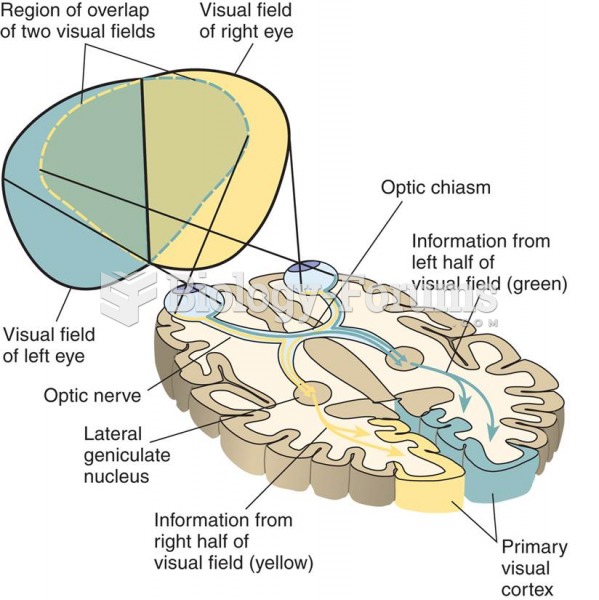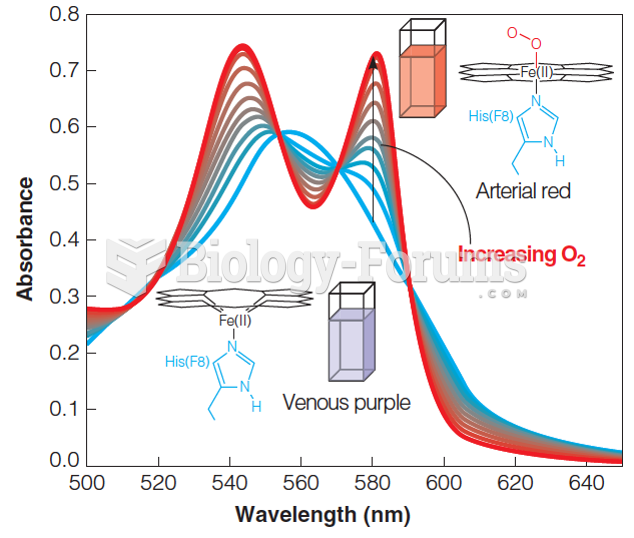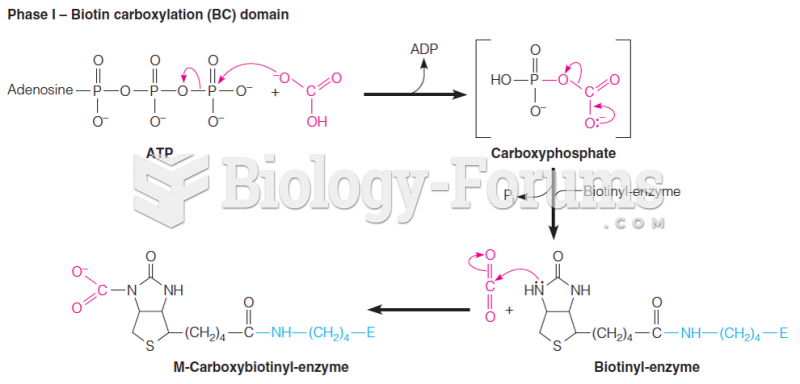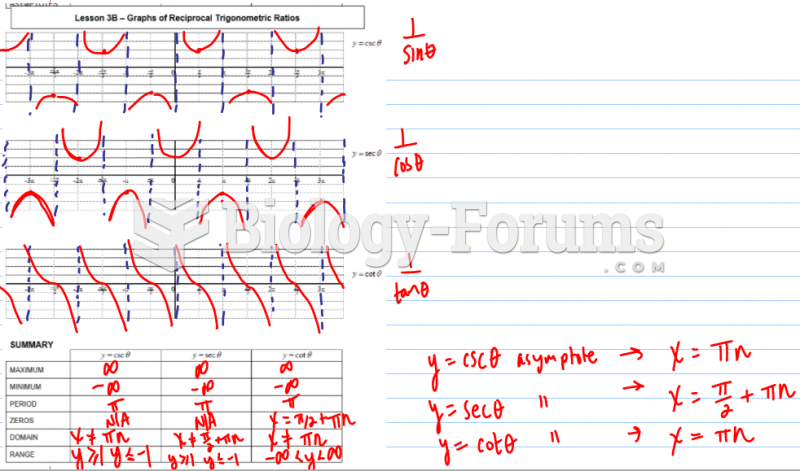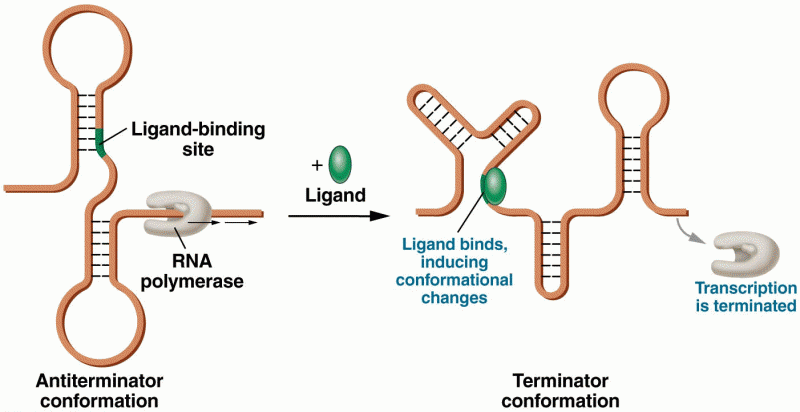Answer to Question 1
e
Answer to Question 2
Requirements for negotiation
This case was decided under the unrevised Article 3, but the result under the revised Article 3 would be the same. The court held that the notes were negotiable. The court explained that the unrevised UCC 3-106 does not explicitly mention variable rate notes (VRNs') because when the U.C.C. was developed in the 1950s and adopted in the 1960s, VRNs were virtually unknown. The necessity for VRNs came about as a result of the volatile financial markets of the late 1970s. By the mid-1980s, VRNs accounted for 60 of the total loans made in this country. That dominance in the financial markets has continued into the 1990s. The court noted that the majority of courts which have addressed the issue before us have declined to hold that notes which contain variable interest rates are negotiable instruments. But the better reasoned view is reflected in the opinions of those courts which have held that VRNs do meet the sum certain requirement of UCC 3-106 and thus are negotiable instruments. The court reasoned that a VRN which contains provision for interest to be paid at a variable rate that is readily ascertainable by reference to a bank's published prime rate is compatible with the Code's objective of commercial certainty. The Code does not require mathematical certainty' but only commercial certainty.' Commercial certainty serves the purpose of the law of negotiable instruments, which is to make the instrument the functional equivalent of money. If the rate of interest to be paid under the instrument is readily ascertainable by reference to a bank's published prime rate, this purpose is achieved. The court added that we intend our answer to include only those rates which are public, either known to or readily ascertainable by any interested person. The court also pointed out that the National Conference of Commissioners on Uniform State Law has proposed, in the interest of uniformity, its own amendments to article 3 of the Uniform Commercial Code to specifically provide that VRNs are negotiable instruments UCC 3-104, 3-112 in the revised Article 3.


